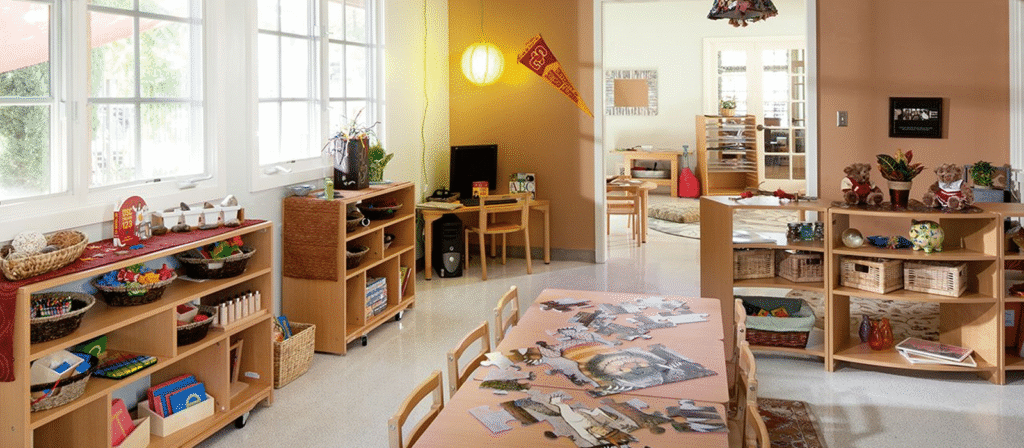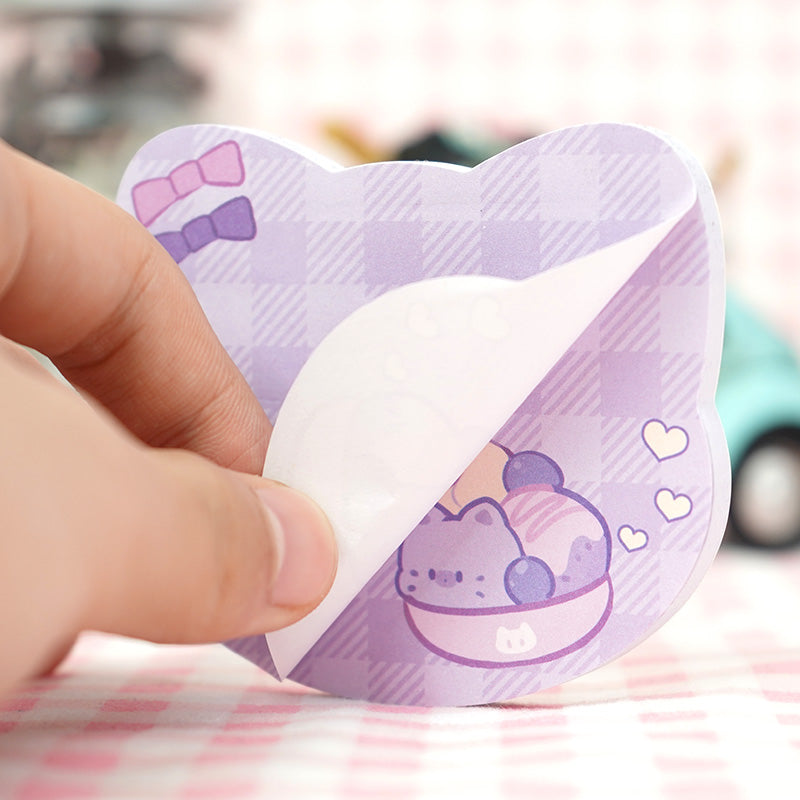Early childhood education philosophies vary dramatically in their approaches to learning, development, and care. Among these diverse methodologies, the Reggio Emilia-inspired early learning centre represents a distinctive paradigm that fundamentally reimagines relationships between children, educators, families, and knowledge itself. Originating in post-war Italy under the visionary guidance of Loris Malaguzzi, this approach rejects the notion of children as empty vessels awaiting knowledge deposits. Instead, it recognizes young learners as powerful protagonists in their educational journey, capable of constructing understanding through relationships, environments, and multiple modes of expression. Unlike conventional centres focused primarily on preparation for formal schooling, Reggio-inspired environments create contexts where children develop not just academic readiness but profound capabilities for creative thinking, collaboration, and meaning-making that transcend traditional educational boundaries.
Pedagogical Documentation That Makes Learning Visible
Perhaps the most distinctive feature of exceptional Reggio-inspired centres is their sophisticated approach to documentation as both assessment and teaching tool.
Far more than cute displays of children’s artwork, true pedagogical documentation captures the processes of learning—not just products. Walk into a quality Reggio-inspired centre and you’ll find panels combining photographs of children engaged in investigation, transcriptions of their conversations, samples of their work at different stages, and educator reflections that interpret the significance of these moments. This documentation serves multiple crucial purposes: it communicates to children that their thinking is valued; it provides educators with rich assessment data for planning next steps; it offers parents windows into the complexity behind seemingly simple play; and it allows children themselves to revisit and extend their thinking.
Ateliers and Studio Thinking
The presence of dedicated ateliers (studios) and atelieristas (studio teachers) marks another hallmark of distinguished Reggio-inspired practice.
Unlike art classes focused on product creation, ateliers provide spaces where children develop visual languages for representing and investigating ideas. Materials are organized with exquisite attention to aesthetic qualities—glass jars hold collections of stones sorted by color gradients; wire sculptures display the movement possibilities of different gauges; light tables showcase transparent objects’ properties. The atelierista collaborates with other educators to help children develop sophisticated visual thinking strategies that complement verbal expression. This integration of artistic processes throughout curriculum reflects the Reggio principle that children possess “a hundred languages” for expressing and exploring concepts.
Environments as Living Systems
Superior Reggio-inspired centres view physical environments not as static classrooms but as dynamic, responsive “third teachers” alongside adults and peers.
These spaces feature careful attention to sensory qualities—natural light flooding through windows, acoustic properties that allow conversation without cacophony, tactile experiences from natural materials, subdued color palettes that don’t compete with children’s work. Furniture arrangement creates varied zones for different types of engagement: intimate nooks for small-group collaboration, open areas for larger gatherings, designated spaces for construction or dramatic play. Most distinctively, these environments evolve in response to children’s emerging interests rather than remaining static throughout the year. When a group develops fascination with shadow play, light sources and projection surfaces appear; when inquiry turns to plant growth, the environment incorporates germination stations and documentation of change.
Profound Respect for Children’s Theories
Exceptional Reggio-inspired centres demonstrate genuine intellectual respect for children’s thinking about the world.
Rather than correcting “misconceptions” or rushing to provide “right answers,” skilled educators in these settings document children’s theories and create contexts for testing and refining these ideas. When children wonder whether shadows are made of paint, educators might provide materials for investigation rather than delivering lectures on light physics. This approach recognizes that conceptual understanding develops through hypothesis-testing and revision, not transmission of facts. The resulting intellectual engagement surpasses what’s typically seen in early childhood settings focused on rote learning or superficial theme-based activities.
Authentic Research Projects That Evolve Over Time
Distinguished Reggio-inspired centres engage children in substantive investigations that unfold over weeks or months rather than pre-planned units with predetermined outcomes.






